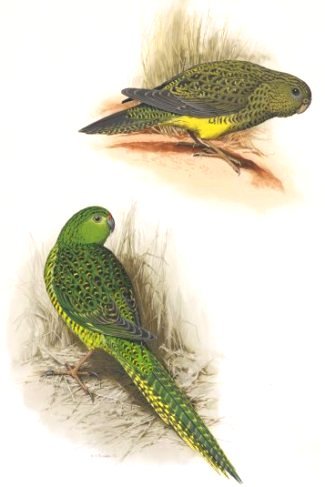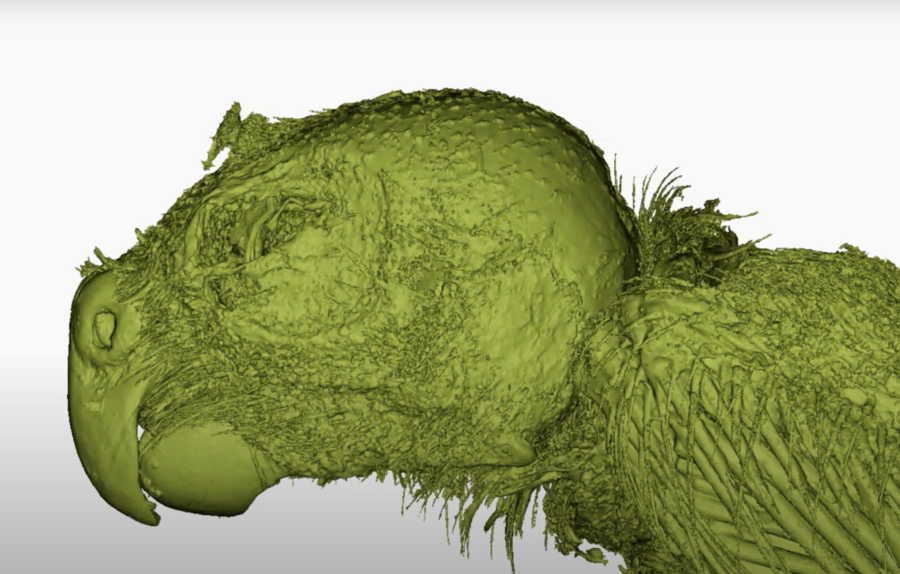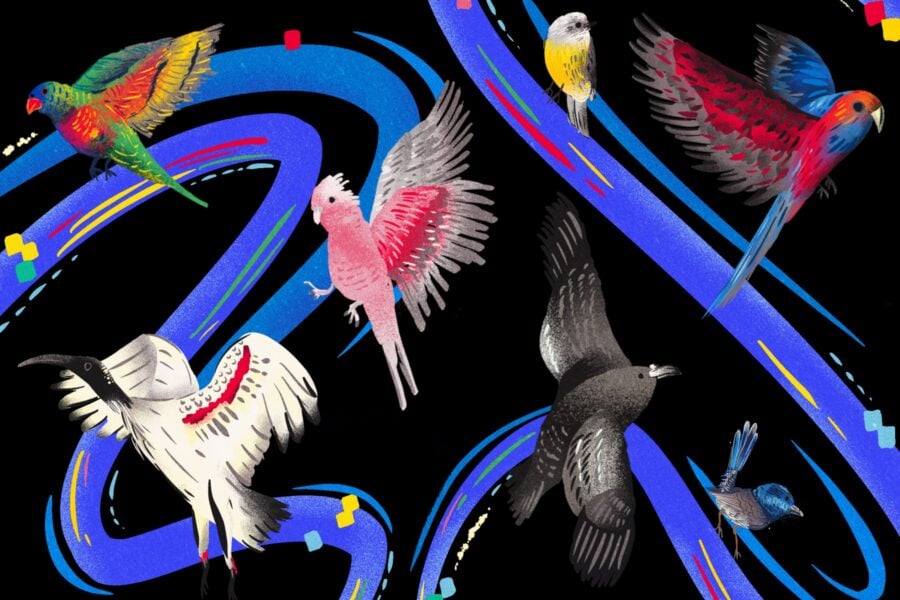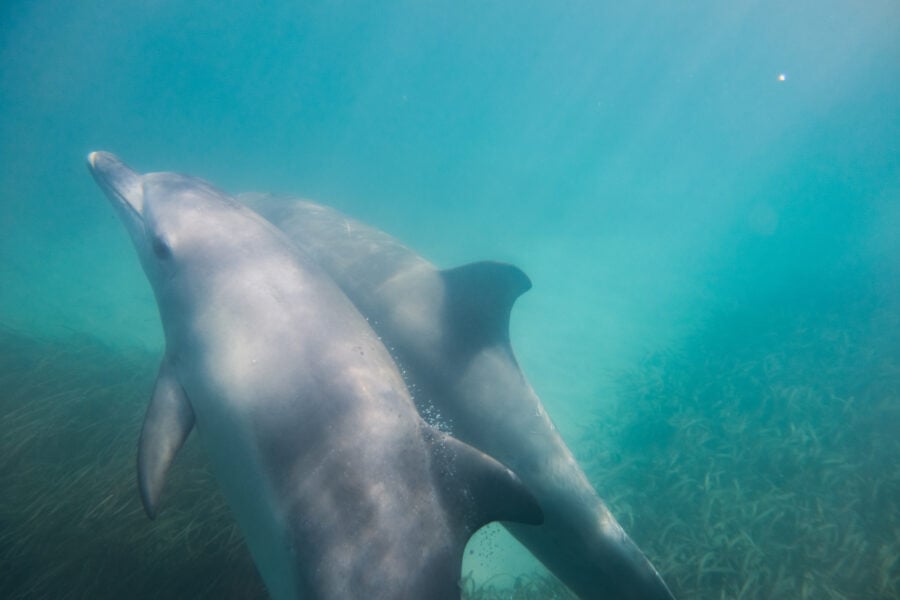Night parrot confirmed alive again after 30 years?

A live night parrot has reportedly been photographed in western Queensland for the first time since the species was discovered more than 150 years ago.
With a loosely estimated population of less than 250 individuals across central Australia, the last living night parrot specimen was collected in 1912 at Nicol Spring in Western Australia.
The species has since famously avoided detection, save a handful of sightings and two dead specimens, the most recent of which was a decapitated young female picked up by a ranger in Queensland’s Diamantina National Park in 2006.
A pair of biologists reported seeing several night parrots at a well in the Pilbara, WA, in 2005, but they were not able to photograph them or collect samples.
Night parrot photographs and footage
Now, Queensland naturalist John Young plans to present photographs and 17 seconds of footage captured in May to a gathering of experts at the Queensland Museum.
“There are some 600 frames of the night parrot taken on a high-quality digital camera, and the disk is under lock and key,” John told the Australian newspaper, which printed one of the photos on Saturday. “Nobody who has seen these photographs has expressed the slightest doubt about them showing the night parrot.”
“It’s fantastic. Lots of people predicted that it would happen, but I’m not sure we actually believed it,” Mark Carter a zoologist and bird wildlife guide based in the Northern Territory told Australian Geographic.
Distinguished by its stout frame, short tail and yellow-green plumage, the night parrot (Pezoporus occidentals) is nocturnal and nomadic. It spends much of its time on the ground – a trait it shares with its closest relative and one of just five ground-dwelling parrots in the world, the eastern ground parrot (Pezoporus wallicus).
Dick Smith and the night parrot bounty
In 1989, the search for the enigmatic bird was ramped up when Australian Geographic’s founder and patron, Dick Smith, offered a reward of $25,000 to anyone who could find a night parrot, “dead or alive”.
The following year, a dead specimen was picked up by the Australian Museum’s Dr Walter Boles and Wayne Longmore on a roadside near Boulia, western Queensland, just 200km from where the headless specimen was found 16 years later.
While the remote area where John says he photographed the live parrot last month will remain confidential to protect the population, there’s a good chance it was found in the same general area as these two specimens.
John says the key to his success in luring a night parrot into view was a recording he made of some calls in 2008.
“I put my speaker on the ground and played the recordings,” he told the Australian. “Within 15 seconds he came straight up to us… For the next 35 minutes or so he remained in the torch light, and whenever it was taken off him, he would begin to run off. It was the most amazing experience.”
Extraordinary claims require extraordinary evidence
While the discovery has been met with much excitement, many experts remain cautious until more photographs and the video footage are revealed next week.
In 2006, John claimed to have taken a photograph of the blue-browed fig-parrot, a native species that was considered extinct. His image was later disputed by forensic photographic expert, Gale Spring, and no independent expert would confirm its authenticity.
This time, however, John has rallied expert opinion to back up his claim – including Steve Murphy, a senior ecologist for the Anangu Pitjantjatjara Yankunytjatjara Land Management Unit in Kalka in South Australia and Sydney-based wildlife researcher, Rod Kavanagh.
“Because of the history of the guy who found it, people are a little more sceptical than if someone else had. But it looks like he’s come through with the goods,” Mark told Australian Geographic.
Living and breeding in central Australia
“It looks like a night parrot, it’s very exciting. We’ll see more on Wednesday. If it can be verified in some way, it would hopefully be a key to unlocking a lot of the biology of the bird,” says Dr Leo Joseph, director of the CSIRO Australian National Wildlife Collection in Canberra. “Just finding them has been the problem. The research has been so dominated by the specimens from the 19th century that it’s hard to proceed with rational conservation and management.”
“There’s no reason why it isn’t [real]. I’ve seen enough museum skins of the night parrot to know,” agrees Professor Les Christidis, an ornithologist at Southern Cross University in NSW, who examined the 2006 specimen with Walter Boles. “It’s nice to have a bird that was thought to be extinct, and now we actually have photographs of live one.”

If it is confirmed that these birds are living and breeding, researchers hope to gain a better understanding of their habitat, and the threats they face.
Nevertheless, catching one to observe in captivity would be a mistake, Les says. “Parrots tend to pair bond, some pair for life, so if you caught one, you’d probably be destroying a pair. It’s best to leave well enough alone.”







